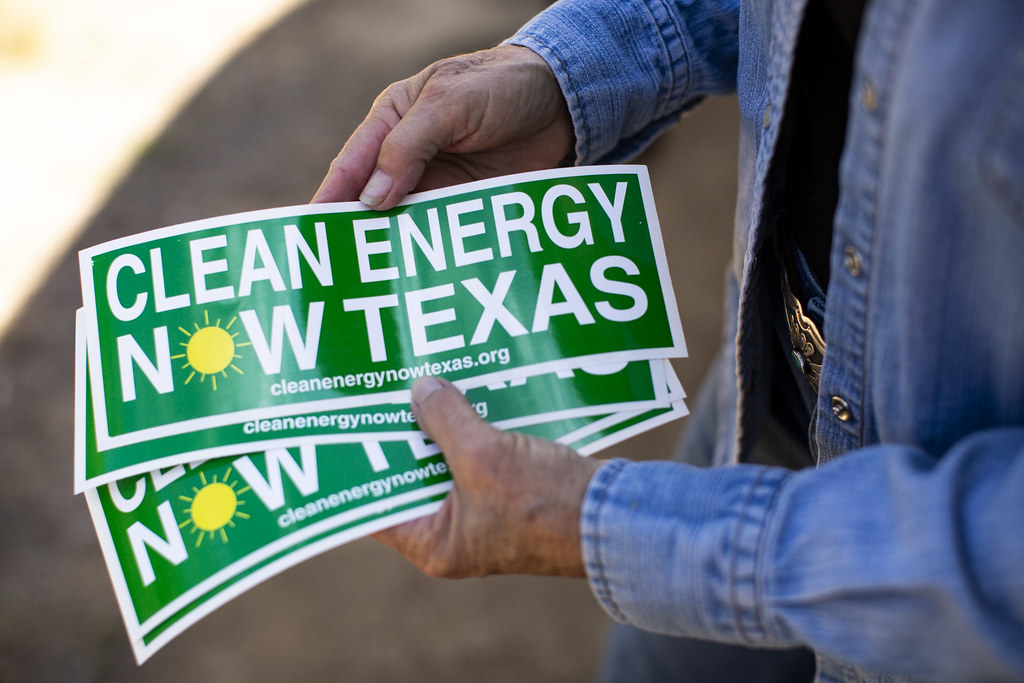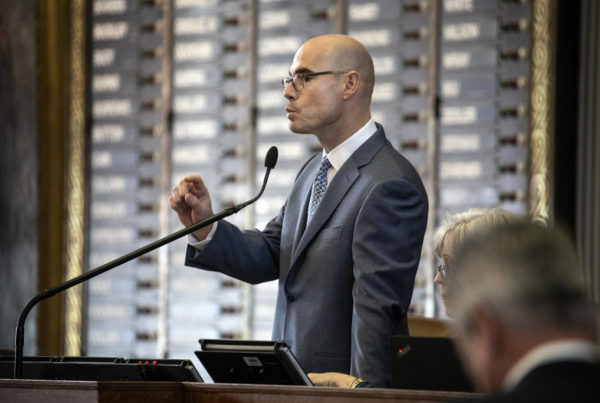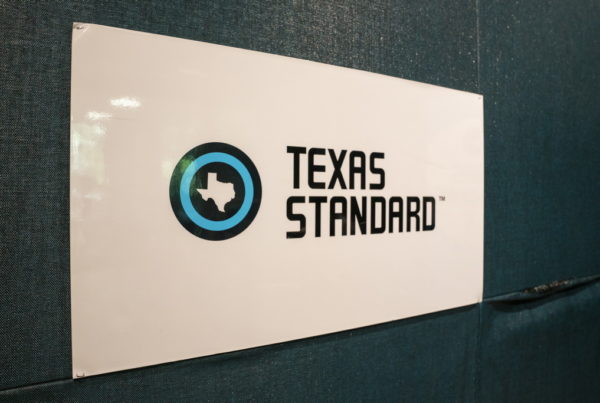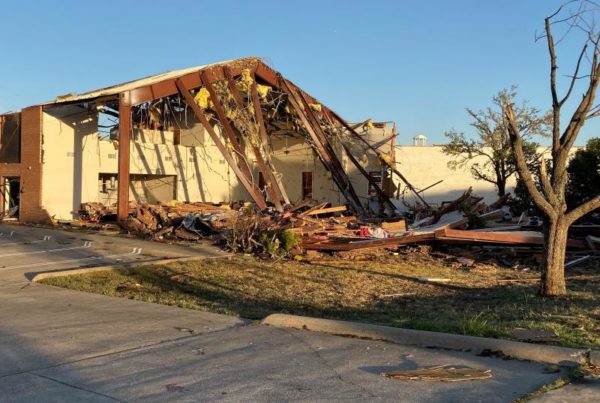A few years ago, Georgetown, Texas was held up as an example of an outstanding “green city.” But now, residents face energy price increases, and the city is under scrutiny for entering the volatile solar energy market.
In 2017, the city of about 49,000 transitioned to relying entirely on renewable energy, through a 25-year contract to buy solar power. The move was intended to stabilize the cost of energy, and hopefully allow the city to make money selling excess poser. The city did not anticipate falling prices for renewable energy, or lawsuits from the energy companies with whom the city contracted. All of these components leave Georgetown residents with higher utility bills.
Mose Buchele is an energy and environment reporter at KUT-Austin. He says Georgetown misread the energy market by assuming the price of solar and wind energy would remain stable.
“This city didn’t just buy enough power to power itself but actually kind of overbought seemingly on the assumption that they might be able to make money selling the power back,” Buchele says.
Unfortunately, the rise in gas and oil prices caused renewable prices to drop. Which forced the city to raise the price of energy the first time.
“At the beginning of this year, the city announced those rate hikes that caused a lot of controversy,” Buchele says. “They had said very loudly that, in fact, these contracts were going to stabilize and keep prices low so to come back to people and say ‘no we have to raise prices’, a lot of people didn’t take that very well.”
Then the second rate increase hit. The city recently announced it was filing a lawsuit against the same energy company with whom it had signed the 25-year contract.
“The lawsuit claims that problems at the facility itself led the city to lose money,” Buchele says. “There are no specifics though and a lot of these things are protected by competitive secrets and contractual arrangements where the city says it can’t be public about what’s really happening.”
Buchele says this is not a story about the ability of cities to go green. Rather, it was a test of market predictability and city planning.
“When analysts look at this, they are not saying that this is specifically an indictment of green power,” Buchele says. “It’s really more just about how the way the energy markets moved and a lot of that had to do with the natural gas markets bringing down electricity prices as renewables.”
Written by Libby Cohen.














